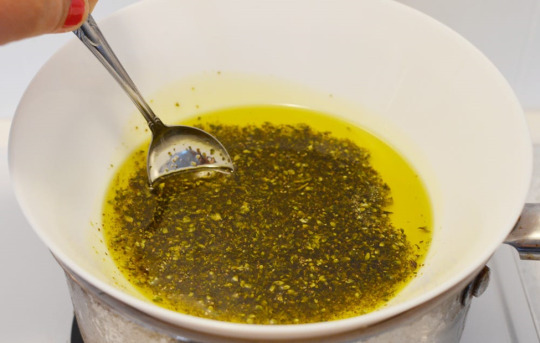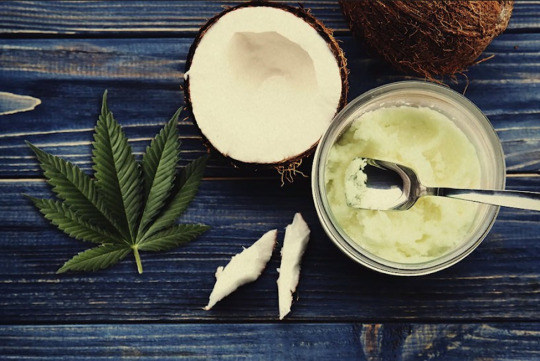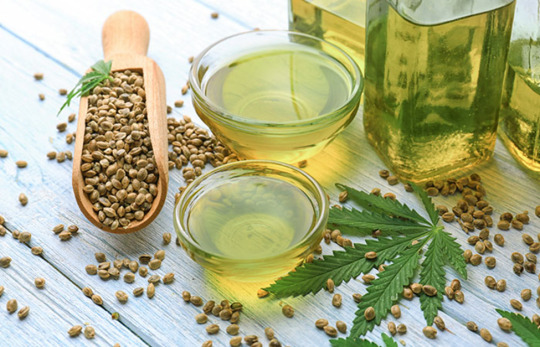Text
How to make cannabis oil

Weed oil is one of the most flexible substances to have in the home. It tends to be utilized for any cannabis edibles, from pot brownies to weed pan-sears. Very much dosed cannabis oil will give you an incredible high, and may likewise assist with rest, relief from discomfort, and unwinding.
Hand crafted cannabis-injected oil like the one we frame here is substantially more intense than hemp oil or CBD-just oil since it is utilizing the whole plant — frequently called full-range. Full-range oil contains CBD, yet additionally the plant's other cannabinoids, including THC, CBN, and that's just the beginning. These cannabinoids all work as one to make their belongings more grounded, a peculiarity known as the "company impact."
With regards to the high, a small amount of cannabis oil makes a huge difference. Edibles have been found to offer impacts multiple times serious areas of strength for as smoking a similar sum. This is on the grounds that when it's processed, THC goes through the liver and becomes 11-hydroxy-THC. This compound change carries with it a solid body high. That is the reason dosing accurately is significant.
When you get the means down, making cannabis-implanted oil at home is simple. You can utilize family things like a pot, a bricklayer container, and sifter. Simply remember the kind of oil you'll pick, alongside the best type of cannabis for your need.
Hemp Oil, CBD Oil, THC, or…
Your decision! You can make cannabis-imbued oil with hemp or maryjane, contingent upon what is legitimate and accessible in your space. Or then again, what you're wanted final products are. Hemp oil will just hold back CBD (or an extremely little measure of THC), while pot injected oil will probably contain both THC and CBD. The proportion and convergence of THC and additionally CBD relies upon the kind of weed and specific plant it came from.
Involving Decarboxylated Cannabis for Oil
The cannabinoid intensifies tracked down in crude cannabis (THCA and CBDA) are not equivalent to those found in cannabis that has been warmed -, for example, those breathed in (THC and CBD) when you light or disintegrate cannabis, or while cooking with cannabis. The method involved with warming and "initiating" cannabis is called decarboxylation. It makes cannabis psychoactive, and furthermore more powerful for restorative applications.
Most cannabis oil recipes call for cannabis that has proactively been appropriately decarboxylated first. The most well-known and complain free way is to decarb cannabis in the stove, and afterward add it to oil over an exceptionally low intensity subsequently - staying away from additional decarboxylation.

SUPPLIES REQIRED
1 cup of approximately ground decarboxylated cannabis. To be more exact, I recommend to utilize a kitchen scale to weigh out roughly 7 to 10 grams (a quarter ounce or simply finished), contingent upon your resistance.
1 cup coconut oil or other oil of decision, like olive oil. We like to utilize natural coconut oil since it is strong at room temperature (and tastes great), which makes it wonderful to eat a minuscule spoonful of, spread on bread like margarine, or use in a balm. (Note that our balm recipe calls for 1.5 cups coconut oil, so increase assuming you plan to make that. Assuming you favor your completed cannabis oil to stay in fluid structure, utilize olive oil, fractionated (fluid) coconut oil, or other consumable oil of decision.
Discretionary: A couple of grams of crude cannabis. Notwithstanding decarboxylated cannabis, we like to add somewhat small bunch of crude local bud to our oil also. While the hugest and irrefutable medical advantages from cannabis are credited to dynamic THC and CBD (found in decarbed cannabis), there are additionally arising concentrates on showing some encouraging medical advantages from their crude structures - THCA and CBDA. In this manner, we like to utilize a tad bit of each to make a full-range and balanced completed item.
A twofold evaporator, or make-shift twofold kettle, (for example, a glass pyrex bowl or treated steel bowl roosted on top of a pan with water beneath) OR a simmering pot/slow cooker
Cheesecloth, similar to this natural unbleached cheesecloth
Fine lattice sifter
Glass bowl
Capacity holder, for example, a bricklayer container with cover
Suggested: a test thermometer
Note: This cycle will make a genuinely impressive cannabis scent in your home
The most effective method to MAKE Custom made CANNABIS OIL

The main part of making cannabis oil is to not overheat it. As a matter of fact, a few people decide to add decarbed cannabis to oil and permit it to imbue at room temperature (in obscurity) for a long time, as opposed to warming it by any means.
The intensity applied in this recipe basically facilitates the cannabinoid extraction cycle to tie with oil. Nonetheless, in light of the fact that we are beginning with currently decarboxylated cannabis, the objective is to try not to warm it north of 200 degrees. 120 to 180°F is far better. Keeping a lower temperature will protect the generally dynamic THC and CBD content as well as the terpenes. That is, except if you purposefully need to change THC over completely to CBN to make an extremely tired and calm eventual outcome.
That is where the twofold evaporator or slow cooker (with a low temperature setting) prove to be useful! Considerably over the most minimal fire, warming oil in a pot straightforwardly on the oven is substantially more challenging to forestall overheating, and furthermore makes "problem areas" - obliterating our valuable cannabinoids.
I recommend checking the oil temperature with a test thermometer if conceivable. Since oils have a higher edge of boiling over (or "smoke point") than water, the oil won't give off an impression of being essentially as hot as it truly is! For instance, the oil might be above and beyond 212 degrees however not apparently air pocket and bubble like water would at a similar temperature.
5 notes
·
View notes